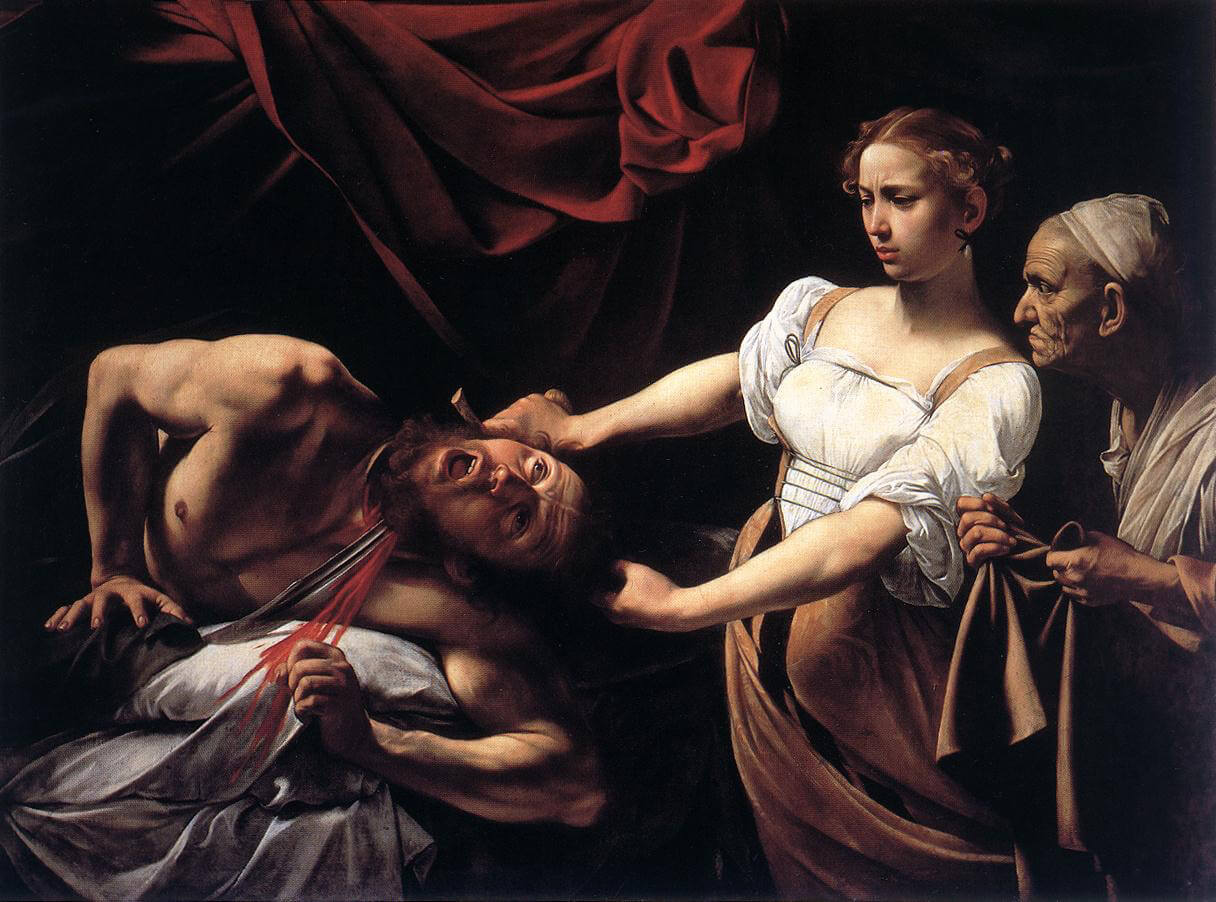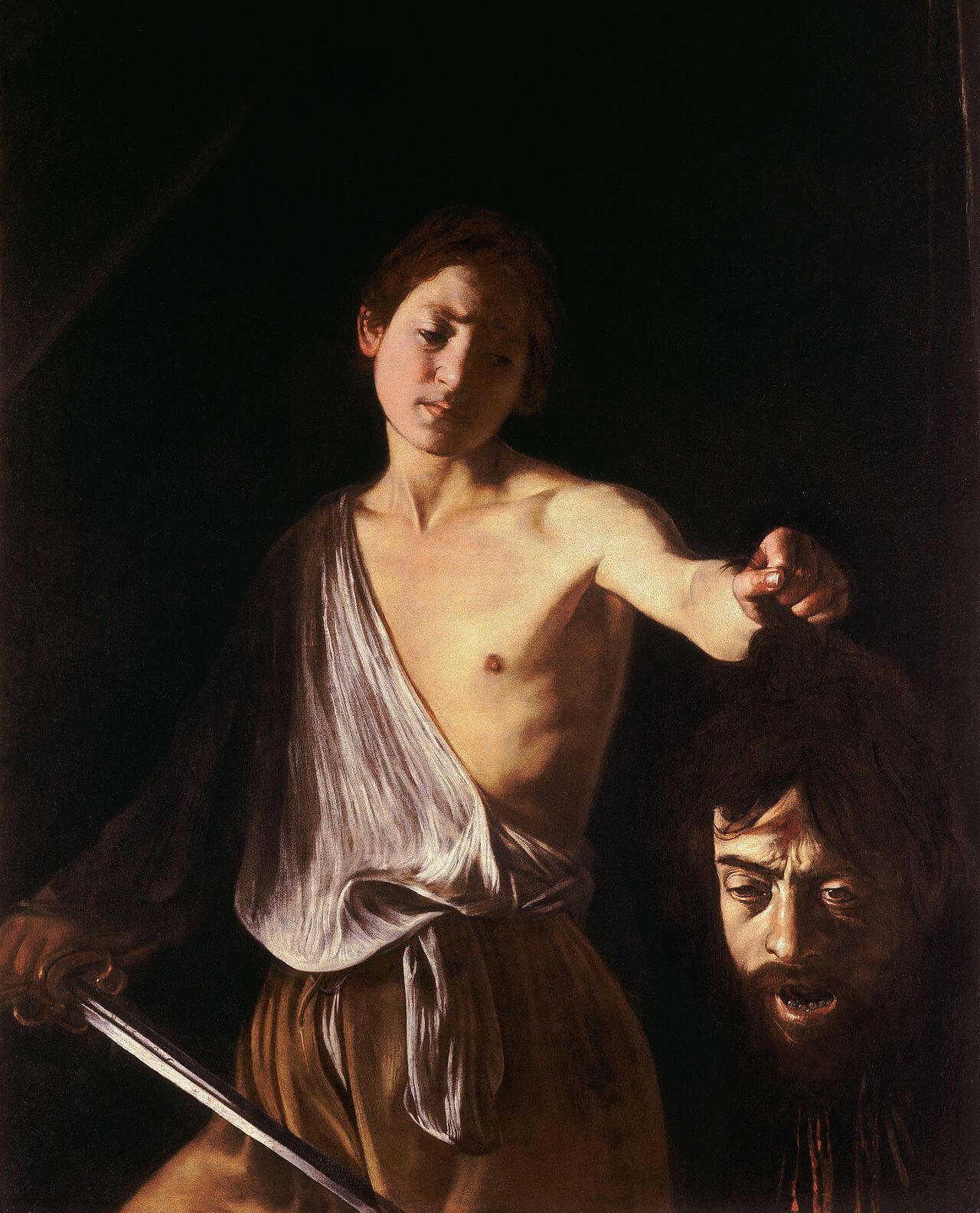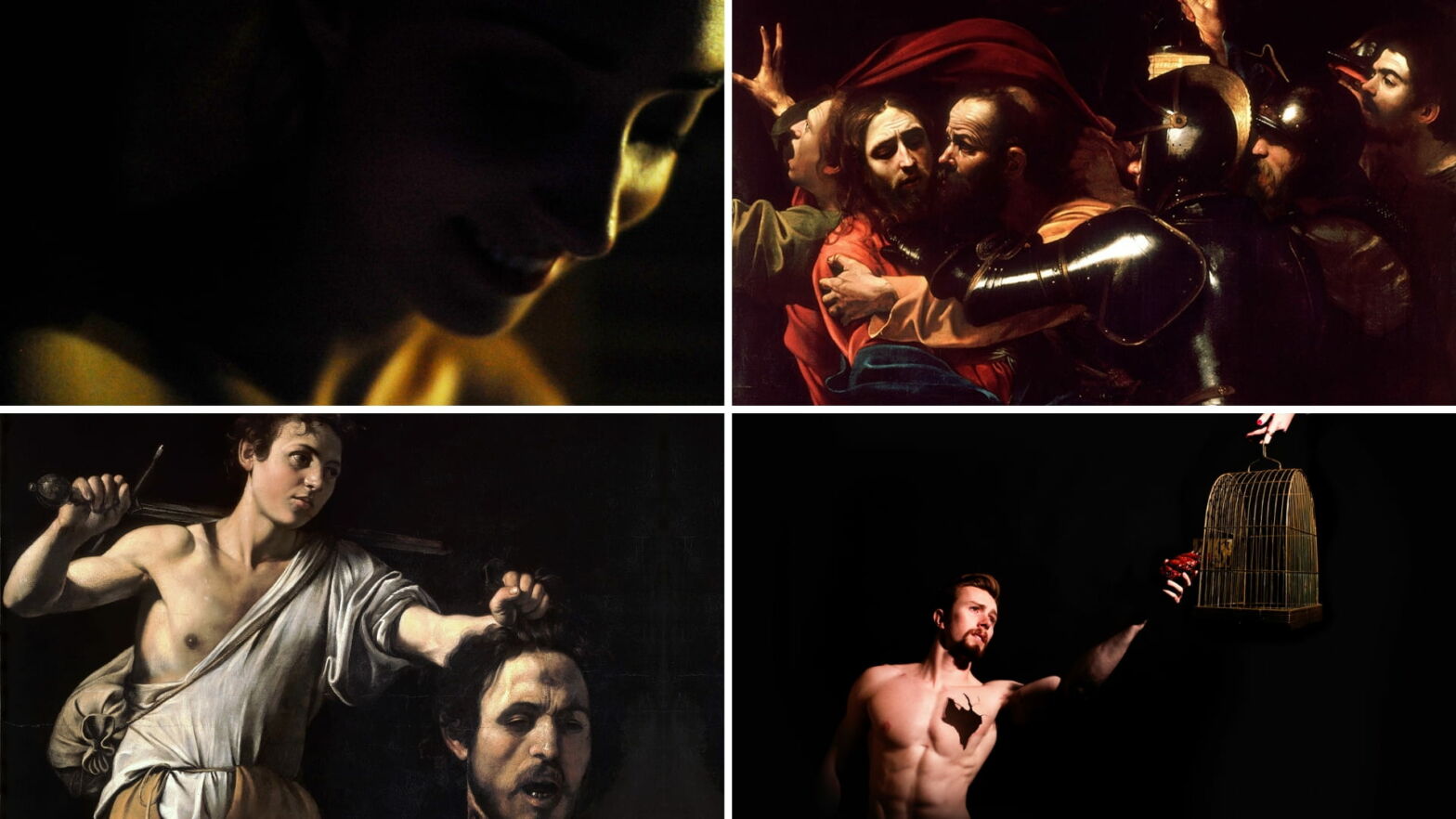What is tenebrism? Tenebrism is a lighting style that’s often confused with chiaroscuro – but what are the differences between them? And what makes the style unique? We’re going to explore tenebrism by looking at paintings from the Renaissance period. By the end, you’ll know where this style originated, what it can bring to your imagery, and how it’s been used by visual artists for half a millennium in fine art, photography, and film. Let’s get to it.
Tenebrism Art Definition
Let's define tenebrism
Tenebrism is a unique art term that’s come to be known as a niche lighting style. It is a bold look, mixing brightly light objects with deeply dark surroundings. Thus, making its application somewhat limited to images or scenes that actually call for such a striking juxtaposition.
Let's begin with a tenebrism definition between we explore the similarities to other lighting styles and examine some truly remarkable examples.
TENEBRISM DEFINITION
What is Tenebrism?
Tenebrism is a lighting style that’s defined by expressive contrast between light and dark. Tenebrism is derived from the Italian tenebroso, which means “dark, gloomy, or mysterious.” Some art historians refer to this style as “dramatic illumination” because subjects in tenebrist works are often depicted under a harsh singular light source.
Famous Tenebrism Examples:
- Caravaggio, John the Baptist, 1604
- Caravaggio, David with the Head of Goliath, 1610
- de Coster, A Man Singing by Candlelight, 1625-1635
Key Differences
Chiaroscuro vs tenebrism
Tenebrism is a unique art term that’s come to be known as a niche lighting style. Essentially, tenebrism is a subtype of chiaroscuro lighting. But what is chiaroscuro lighting?
For that, check out our video on chiaroscuro below.
What is Chiaroscuro Lighting? • Subscribe on YouTube
Chiaroscuro is an Italian term used to describe the technique of using light and dark in artwork. Tenebrism falls under the umbrella of chiaroscuro — but it’s also very much its own thing. Confusing, I know.
Chiaroscuro and tenebrism both focus on the high contrast between brightly lit subjects and darkly lit backgrounds. But the key difference between chiaroscuro vs tenebrism is found in the shadows.
Where chiaroscuro uses its light and shadow to create depth behind the subject, tenebrism goes full black. This creates an extreme separation between subject and setting, which is why it's referred to as the "spotlight effect."
Now, let's get into some of the techniques at work to achieve this style of imagery and some background on the style's most prominent figures.
History and Techniques
Tenebrism art & techniques
For more on the process of creating “tenebrism art,” let’s listen to artist and educator Paul Ingbretson of the Boston School. He explain this dramatic style in his own words as well as the techniques artists like Caravaggio used to achieve it.
Tenebrism Examples • Paul Ingbretson Explains Tenebrism
“It’s basically inky shadows as opposed to chiaroscuro which just means the idea of ‘lost and found.’ The idea of ‘lost’ as a relative lack of definition in shadows.” If chiaroscuro is about the relationship between light and shadow, then tenebrism is about the shadow itself. More importantly, it’s about the way the shadow is ink-blotched on the canvas.
What is Tenebrism’s Origin?
Famous tenebrism examples
Which artist is credited with inventing the tenebroso technique? In the early Renaissance period, Italian painter Michelangelo Merisi da Caravaggio became renowned as a master of chiaroscuro. As such, it should come as no surprise that he was an innovator of light and dark painting technique.
In fact, Caravaggio was so much of an innovator, he’s come to be regarded as the founder of tenebrism.
From 1592 to his death in 1610, Caravaggio pioneered many of the lighting techniques that have become synonymous with “late baroque” art. Many of his works — including Judith Beheading Holofernes, depicted below — utilized deep contrast, defined by dark washes of black and intoxicating light.

Caravaggio Tenebrism • Caravaggio, Judith Beheading Holofernes, 1598-1599 or 1602
The inky blacks in this painting are a defining feature of tenebrism; by ways of juxtaposition, they make the sense of illumination all the more dramatic. Let’s take a look at another masterwork of the Tenebrism movement.

Caravaggio Tenebrism • Caravaggio, David with the Head of Goliath, 1610
David with the Head of Goliath is a great example of the “dramatic illumination” idea we alluded to earlier. Look at how the light highlights the solemn victory on David’s face, and consequently, the despondent vacancy on the Goliath’s face. Why did Caravaggio use tenebrism? Well, simply to get a unique, dramatic look.
Did You Know?
Caravaggio was famous for depicting severed heads in his paintings. In 1606, after killing a prominent gangster, Caravaggio was sentenced to beheading. However, Caravaggio fled to Naples before the beheading could be executed.
Tenebrism Art Definition Shortcomings
Problems with the tenebrism definition
Stark contrast light and shadow techniques — which we’ve referred to as tenebrism — undoubtedly had an enormous influence on artists throughout the Renaissance period. However, some art historians argue the definition of tenebrism is too vague to warrant individual merit. I’d say there’s a definite, if ultimately minimal, difference between tenebrism and chiaroscuro.
Whereas the former is defined by a deep wash of black and an intense spotlight, the latter is capable, not clausal of those characteristics. Ultimately, the distinction has more to do with analysis than practice.
And many would argue that the practice of painting light and dark is what matters most. For more on Caravaggio’s painting style – chiaroscuro, tenebrism, or otherwise – check out the video below.
What is Tenebrism’s Problem? • Explore Caravaggio’s Techniques by ARTEnet
So, when creating your own artwork, consider mixing light and shadow to create visual depth. Remember the tenets of tenebrism: use a spotlight on your subject and give your background a deep wash of black. Perhaps you’ll find something unique and exciting in the dramatic illumination.
UP NEXT
Chiaroscuro explained
We touched on chiaroscuro lighting earlier, but there’s a lot more to the technique than what we went over here. In our next article, we analyze the chiaroscuro art movement with examples from Caravaggio and more. We also analyze chiaroscuro lighting in films like The Cabinet of Dr. Caligari and The Maltese Falcon. By the end, you’ll know everything necessary to apply chiaroscuro in your own works.
Up Next: Chiaroscuro Lighting →
Showcase your vision with elegant shot lists and storyboards.
Create robust and customizable shot lists. Upload images to make storyboards and slideshows.
